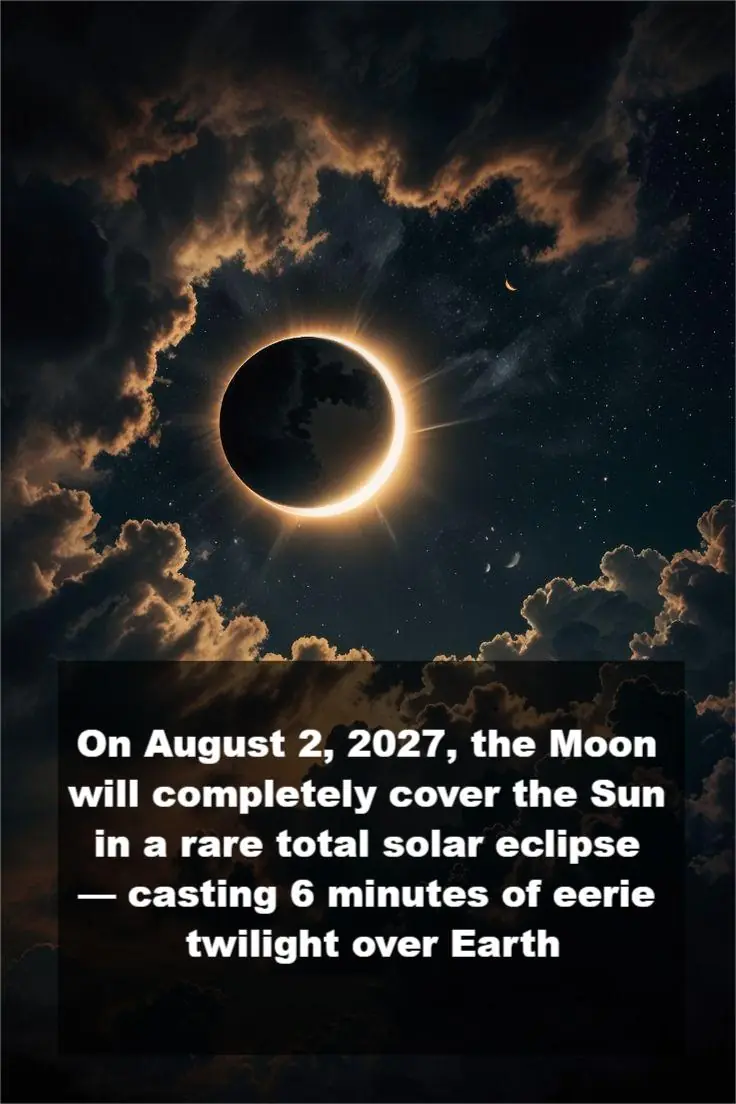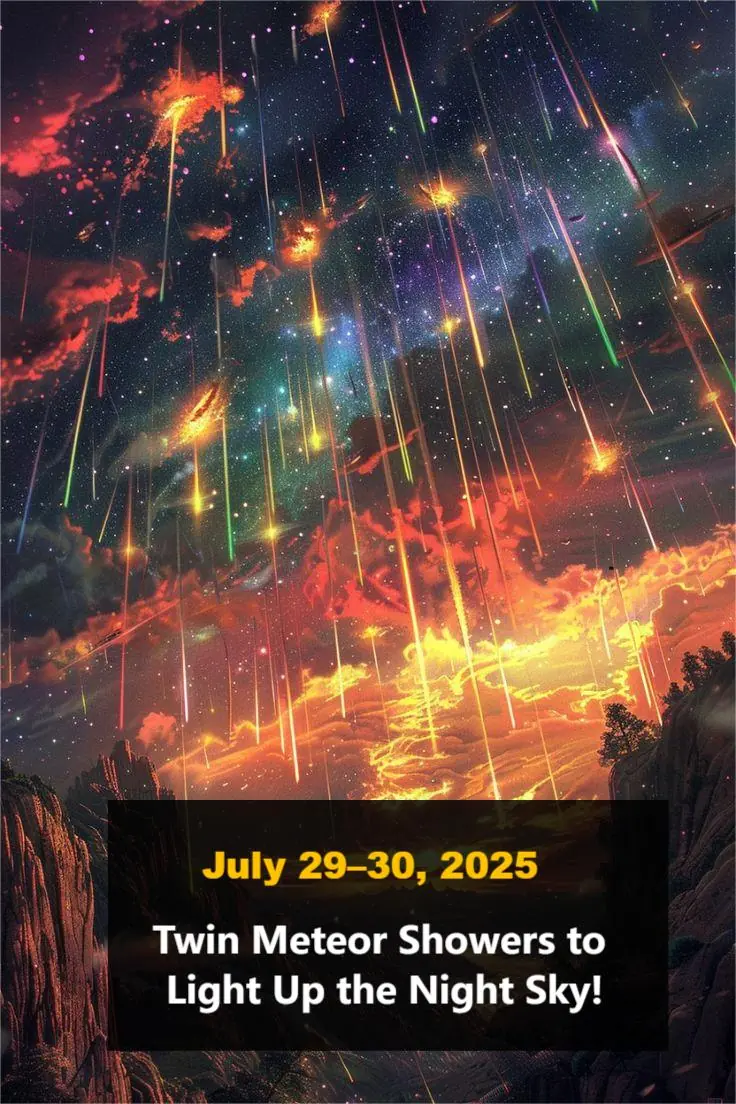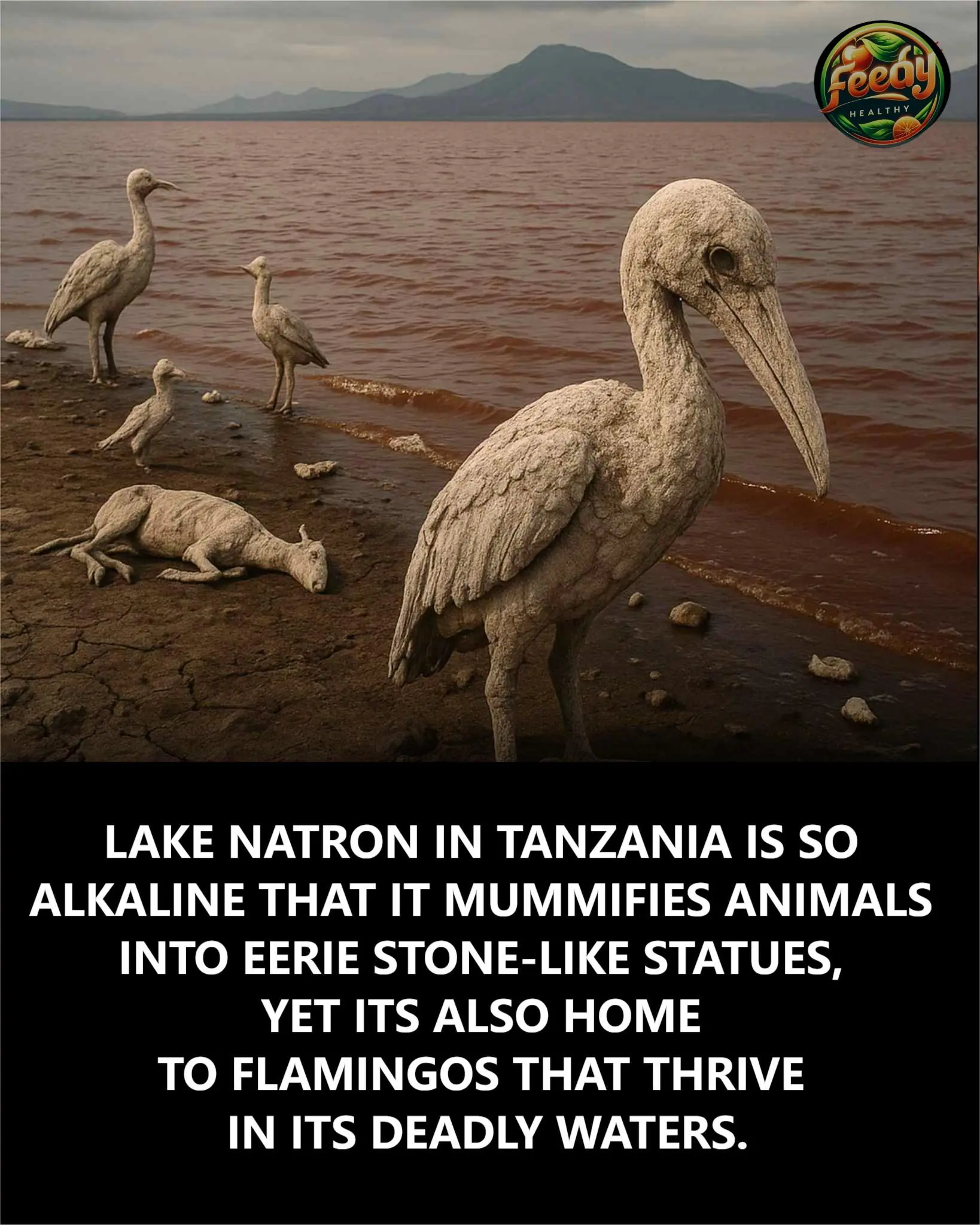
The Deadly Beauty of Lake Natron: Where Nature Turns to Stone—And Flamingos Call It Home
Tucked away in the arid landscapes of northern Tanzania, Lake Natron shimmers like a dream under the East African sun. But don’t let its dazzling reflections fool you—this shallow, alien-looking lake harbors one of nature’s most lethal secrets. Beneath its surreal surface lies a chemistry so extreme, it transforms the lake into a natural embalmer, turning unwary animals into ghostly statues of stone.
🔥 A Caustic Cauldron of Nature
With alkaline waters reaching a pH of up to 10.5—as corrosive as household ammonia—Lake Natron is inhospitable to most forms of life. The water's chemical makeup, a potent blend of sodium carbonate and other mineral salts from nearby volcanic ash, creates an environment that preserves rather than decays.
When birds or other small animals stray too close and perish in its deadly embrace, the lake enshrouds them in a mineral crust. Over time, their bodies calcify, appearing eerily lifelike—frozen in place by the lake’s alchemy. Photographer Nick Brandt famously captured these “stone animals” in haunting images that stunned the world, revealing the lake's hidden cruelty cloaked in beauty.
🦩 Flamingos: Thriving Where Others Perish
But in the very heart of this deadly environment, life finds a way.
Lesser flamingos, delicate and vibrant, flock to Lake Natron by the thousands. Why? Because for these birds, the lake’s extremity is not a threat—it’s protection. The highly saline waters deter predators, providing a safe nesting ground during breeding season. The flamingos feed on cyanobacteria that flourish in the lake’s warm, mineral-rich shallows—an ecosystem perfectly tuned to their needs.
In fact, Lake Natron is the single most important breeding site for lesser flamingos in East Africa, hosting up to 75% of the global population during peak nesting times. Here, surrounded by danger, they build their nests from soda and mud, raising chicks in one of the most unforgiving environments on Earth.
🌍 A Landscape Like No Other
Lake Natron is more than just a marvel of biochemistry—it’s a visual masterpiece. The lake’s surface changes color with the seasons, shifting from shimmering silver to deep red or orange, a result of salt-loving microorganisms that thrive in its waters. These hues only add to its mystique, making it a draw for scientists, photographers, and adventurers alike.
But despite its allure, the lake is also vulnerable. Environmental changes and human activity—including upstream dam construction—threaten its delicate ecosystem and the flamingos who depend on it. Conservation efforts are now underway to preserve this vital, paradoxical landscape.
⚖️ Where Death and Life Coexist
Lake Natron is a place of contradictions: lethal yet life-giving, beautiful yet terrifying. It’s a powerful reminder that nature’s most mesmerizing creations often lie at the intersection of wonder and warning.
For some, the lake is a tomb. For others, a sanctuary. And for all of us, it’s a testament to the resilience of life in even the harshest corners of our planet.
News in the same category


Stomach Bug Sickens Over 140 People on Caribbean Cruise, Forcing Passengers and Crew to Isolate in Cabins

🌘 The Longest Total Solar Eclipse of the Century Is Coming — August 2, 2027

🌠 Twin Meteor Showers Set to Illuminate the Night Sky July 29–30, 2025 🌠

The insights your finger length offer about your personality

Milaf Cola: The World’s First Date-Based Soda Could Revolutionize the Soft Drink Industry

Farting Too Much at Night

Check Your Fridge—This Popular Yogurt Brand Was Just Recalled for Plastic Contamination

Mother and teen daughter discovered dead after emergency call went unanswered for four months

Little girl who looked 8 months’ pregnant because of deadly disease is saved thanks to dad’s kidney donation

Truth behind viral statement after married CEO caught with employee on Coldplay kiss cam

Over 60 killed after fire rips through newly opened mall in Iraq following AC explosion

CEO CAUGHT IN AFFAIR WITH EMPLOYEE DURING COLDPLAY CONCERT

Airport remains shut down following fireball plane crash

Why Are My Veins Suddenly Bulging and Visible?

Volcano Eruption Triggers Tsunami Alert and Disrupts Flights in the Region

Mum wakes to find five-year-old daughter dead beside her

21-year-old congressional intern shot dead

Shania Twain’s Journey from Poverty to Music Stardom
News Post

💗 Pink Oreo Dream Bars

🍓 Decadent Chocolate Strawberry Cake

7 Things That Happen To Your Body When You Don’t Have Sex For A While

Why are your veins suddenly bulging and visible?

7-Eleven Employee Dies After Being Left Brain-Dead in Shocking Incident Involving Manager

Stomach Bug Sickens Over 140 People on Caribbean Cruise, Forcing Passengers and Crew to Isolate in Cabins

🌘 The Longest Total Solar Eclipse of the Century Is Coming — August 2, 2027

🌠 Twin Meteor Showers Set to Illuminate the Night Sky July 29–30, 2025 🌠

K9 dog wouldn’t stop barking at room 207 in a hospital – what they found inside was horrifying

Transform Your Day with the Ultimate Almond Banana Avocado Smoothie

Sip Strength Before Sleep: The Cucumber & Pomegranate Elixir for Unstoppable Vitality at Any Age

Nature’s Power Trio: Garlic, Honey, and Cloves for Vibrant Wellness

Dog waiting to be adopted ‘cries’ every night – shelter posts sad photo as one last hope

The Hidden Power of Prickly Lettuce: The Unpretentious Wonder of Nature ....

🍫 Triple Chocolate Drip Cake with Truffles & Ganache Drip

My neighbor requested that I care for her 6 children – I called children services a couple of hours after she left

Flaxseeds Sleeping Mask That Will Transform Your Skin

At 60, I Healed Cancer, High Blood Pressure, Diabetes, and Poor Circulation – Thanks to This Natural Drink

The story behind the tiny pocket on your jeans

